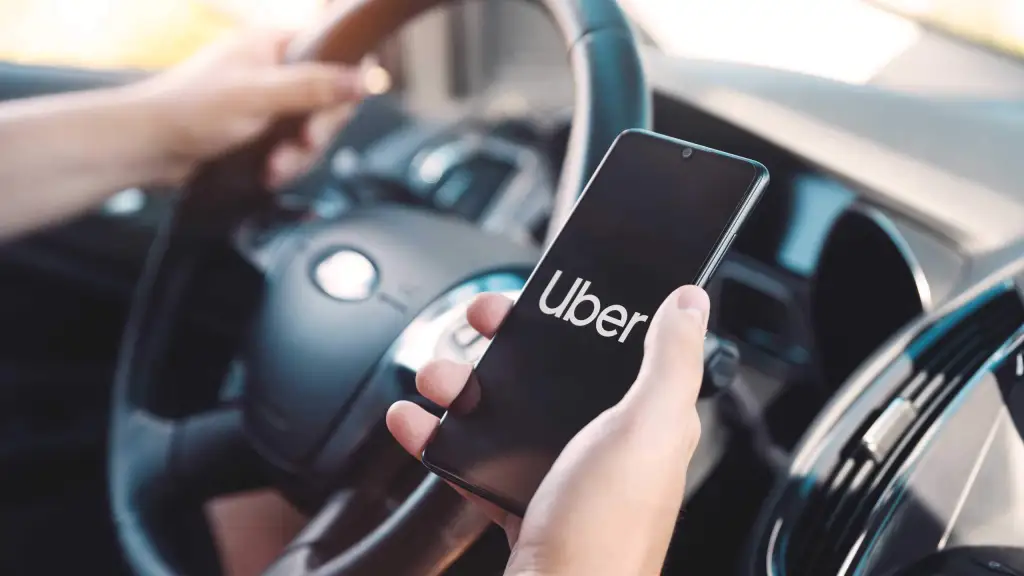Credit: Proxima Studio / stock.adobe.com

Next Generation Marketing
Transportation network Uber is one of Silicon Valley’s most rapidly growing offspring and has been connecting drivers with passengers since 2009.
When expanding to India, the world’s second biggest, market, Uber had to compete against Ola, a local competitor with huge marketing budget. Nevertheless, Uber managed to establish the brand in record time, and without any help from conventional mass marketing …
In his case study, Indian marketing blogger Prateek Malpani identifies the five phases of Uber’s successful and very effective market entry: launch, build-up, amplification, sustenance, and growth.
Launch: Taking first steps with influencer marketing
For its Rider Zero campaign, Uber approached influencial Indians, who exclusively tried out the service before reporting about it to their big following across social media channels. This resulted in Uber being the talk of the town before even launching.
Build up: Referral marketing / word-of-mouth
Instead of spending their budget on TV, billboards or facebook ads, Uber chose to invest in referral marketing, tailored to the Indian market, where taxi and rikshaw transportation is a necessity of everyday life, especially for professionals. The Office Hero campaign gave away rides with generous discounts or even for free, generating a huge wave of referrals.
Amplification: Discounts, festivals and new products
India has a rich festival tradition, which Uber exploited for its referral marketing by offering free rides for Mother’s Day, delivering colors for the popular Holi festival or discounted transportation to and from cricket matches. They always took into account regional and even local differences, even resulting in the introduction of an Uber auto rickshaw.
Sustenance: Strategic partnerships
Uber also managed to close smart partnerships with industry relevant apps such as restaurant site Zomato, successful Indian ecommerce provider paytm or online box office BookMyShow. They enhanced the newcomer’s widespread, contextual presence, sustaining the growth of its user base.
Growth: Long-term success with cultural sensitivity
Continuous growth needs long-term engagement. This is where Uber’s unobstrusive localization efforts came into play. India is a vast sub-continent with festivals, preferences and business environments changing from city to city.
After a female passenger was raped by an Uber driver, the company took great lengths to make the trips as safe as possible for everyone. Furthermore, they engaged heavily in women’s rights, which added to the image of a reliable and progressive company.
While rival Ola, which is supported by a enormous marketing budget, still lies ahead in the race for the biggest transportation network, Uber’s entrance to the market is an impressive example of marketing for the next generation, both inside and outside of India.
Further articles:
https://www.linkedin.com/pulse/ubers-uber-cool-unconventional-marketing-strategy-india-malpani
https://www.gadgets360.com/apps/features/uber-vs-ola-in-india-how-do-they-stack-up-798608

